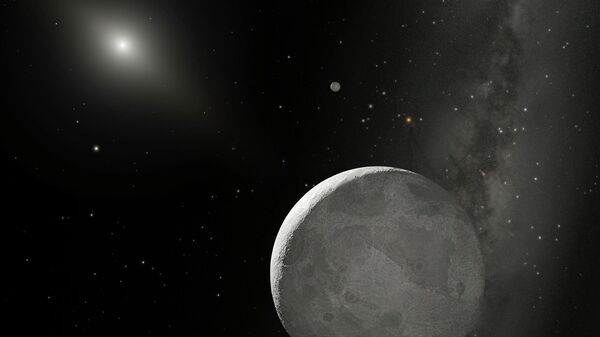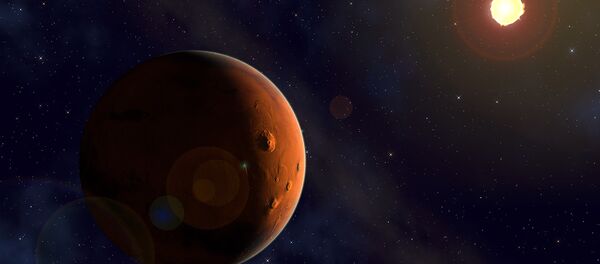A space object known as 2014 MU69 of the Kuiper Belt has been defined as one of the two possible targets for the New Horizons flyby, various media reported.
The Mission is expected to be approved by the summer 2016, according to a NASA statement.
In 2019, @NewHorizons2015 plans to visit a Kuiper Belt Object a billion miles beyond Pluto. http://t.co/wwKZCDC8yZ pic.twitter.com/i4MLBb5L6U
— Corey S. Powell (@coreyspowell) August 29, 2015
NASA always aims to prolong the work of their probes after the goals of the initial missions are achieved, as it’s considered to be cheaper than launching a brand-new mission.
NASA scholars had a hard time looking for the appropriate Kuiper Belt object for the New Horizons’ mission extending in 2011. They only could complete the task of choosing five possible objects for the probe’s flyby with the help of the Hubble Space Telescope in 2014.
"A Billion Miles Beyond Pluto" — NASA New Horizons to Probe Unexplored Kuiper Belt Objects http://t.co/v1XkDH6MK2 pic.twitter.com/2guf6P4hlA
— The Daily Galaxy (@dailygalaxy) August 29, 2015
A body nicknamed “Potential Target 1” was picked from the list of probable candidates because New Horizons has enough fuel to reach it. The probe is also capable of protecting the mission “against the unforeseen,” NASA investigator Alan Stern noted.
“2014 MU69 is a great choice because it is just the kind of ancient KBO, formed where it orbits now, that the Decadal Survey desired us to fly by,” Stern claimed.
The US National Academy of Sciences advised to include the Kuiper Belt objects in the mission in 2003. New Horizons was specifically designed for the optional mission extension after Pluto’s flyby. It has extra propellant and its communication system is able to work from much greater distances than it operates now.
So far, the probe is 3 billion miles away from our planet and continues to move away. Scientists reported New Horizon wasn’t damaged.
The Kuiper belt is a vast region of the Solar System stretching beyond planets to about 50 astronomic units from the Sun. It consists of a large number of bodies formed


